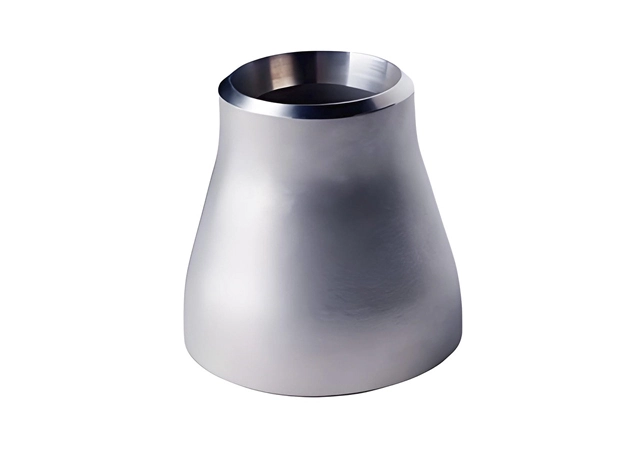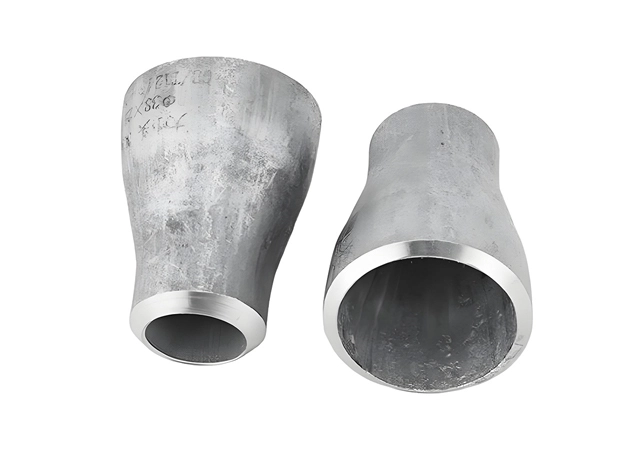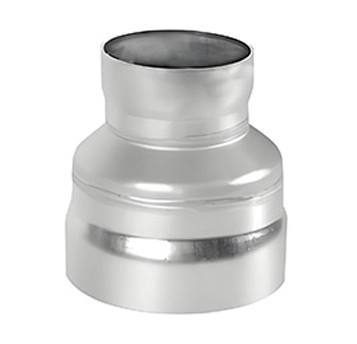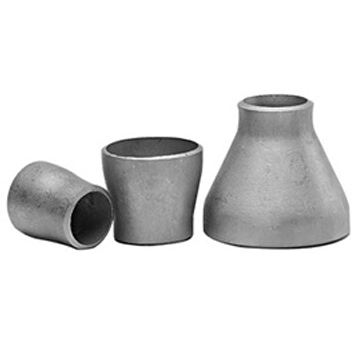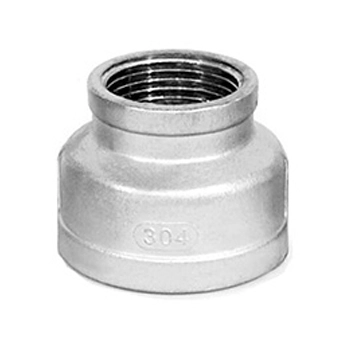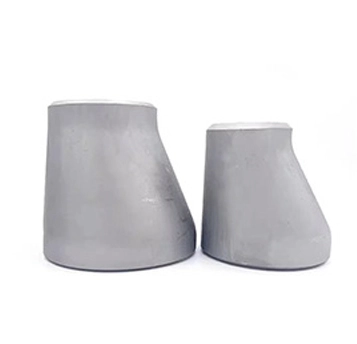Alloy reducer is a special pipe connector. It is made of metal materials fused with multiple alloy elements. Common alloy elements such as chromium, nickel, molybdenum, etc. give it unique properties. Through professional processing, it can achieve a smooth transition between pipes of different diameters and effectively change the flow rate and pressure distribution of the fluid in the pipe.
Alloy reducers are widely used in petrochemical, electric power and other fields. Because of its excellent corrosion resistance, high temperature resistance and high strength, it can adapt to complex and harsh working environments, ensure the stable and safe operation of the pipeline system, and is one of the key pipe fittings to ensure the smooth progress of various industrial production processes.
Concentric Reducers: These have a symmetrical design with both ends aligned along the center, making them ideal for vertical piping systems.
Eccentric Reducers: These have an offset centerline, making them suitable for horizontal piping systems to prevent the accumulation of gases or liquids.
High Strength and Durability: Alloy steel reducers are designed to withstand high pressures and temperatures.
Corrosion Resistance: Some grades offer enhanced resistance to corrosion, making them suitable for harsh environments.
Versatility: Available in both seamless and welded forms, offering flexibility in manufacturing and installation.
Welding - Butt welding: requires precise alignment and is performed by skilled welders. It is suitable for high temperature and high pressure, such as the transportation of corrosive fluids in petrochemical plants.
Welding - Socket welding: Pipe insertion welding, simple operation, commonly used in small diameters, low and medium pressures and places with limited space.
Threaded connection: It is easy to install by tightening the threads. It is suitable for small diameter and low pressure pipelines and needs to be sealed and leakproof.
Flange connection: It is connected by bolts and gaskets, which is easy to disassemble and maintain. It is often used in power plants with large diameter pipelines.
Oil and Gas Industry: Used in pipelines for oil, gas transport. Resist harsh conditions in offshore platforms due to high strength and corrosion resistance.
Petrochemical Industry: Applied in pipelines with corrosive chemicals. Ensure smooth size transition and maintain integrity in extreme conditions.
Power Generation: Adjust steam pipeline diameters. Their heat resistance and strength suit high - temp steam in power plants.
Automotive and Aerospace: Used in vehicle exhausts and aircraft fuel systems. Benefit from lightweight and high - strength features.
Water and Wastewater Treatment: Connect pipes of different sizes. Corrosion resistance matters in water and sewage pipelines.

 EN
EN
